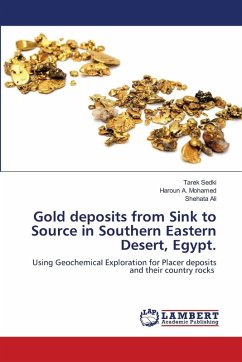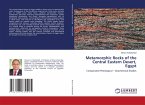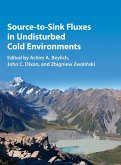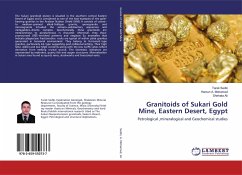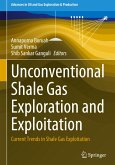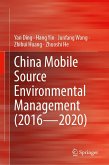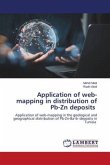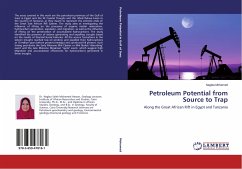The Arabian-Nubian Shield, a tectonic unit from the Neoproterozoic Era, houses valuable mineral deposits in Egypt's Eastern Desert. This study probes five key areas, emphasizing geological aspects and mineralization potentials. The Madari gold mine showcases placer gold sourced from weathered quartz veins, signifying potential deposits. Structurally controlled gold mineralization is evident in dismembered ophiolites at Madari, echoing past mining activities. In the Sol-Hamed region, serpentinites contribute to gold deposits within quartz veins amidst distinct rock formations. Wadi Misah-Gabal Oshkafa area highlights gold occurrences in quartz veins among metavolcanic and metagabbroic rocks, pinpointing exploration opportunities. Elba manganese deposits and Sol-Hamed magnesite deposits offer insights into manganese and magnesite formations. Cryptocrystalline magnesite pockets in Sol-Hamed hint at hydrothermal carbonation processes. These findings shed light on the mineral-rich landscapes of Egypt's Eastern Desert, showcasing diverse mineralization potentials and structural controls governing ore formations.
Bitte wählen Sie Ihr Anliegen aus.
Rechnungen
Retourenschein anfordern
Bestellstatus
Storno

